Art by the Yard: Women Design Midcentury Britain
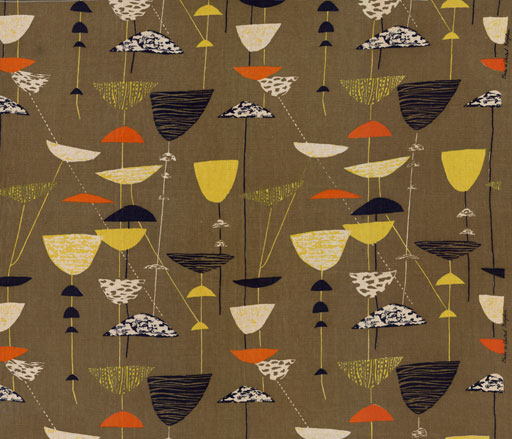
The Textile Museum in Washington DC is a place worth visiting even without its exhibition programme. An elegant 1913 townhouse with sweeping gardens, located in the verdant embassy district of the city, it holds more than 18,000 textiles and rugs and amounts to one of the largest collections of textile art in the US.
The opening night of its current show, 'Art by the Yard: Women Design Midcentury Britain', drew a round-the-block queue as an eclectic crowd blocked out their Friday evening to see fabric designs from post-war designers Lucienne Day, Jacqueline Groag and Marion Mahler.
Swathes of original prints, donated by Denver-based collectors, H Kirk Brown III and Jill A Wiltse, hung from the gallery's walls, while vintage copies of House & Garden documented the three women's rise to fame in an ambiance that was that of a British garden party, with tea and champagne, shortbread and cupcakes, a marquee - and a torrential downpour.
When it came to redesigning the domestic British interior after the war, no one did it quite like Day, (who died in January of this year aged 93), Groag (1903-1985) and Mahler (1911-1983). Their bold, abstract prints, inspired by painters such as Alexander Calder and Joan Miró, stopped in its tracks the trend for chintzy prints that had been so popular before the war.
In 1951, Day developed 'Calyx', a print which her husband Robin used in an award-winning room set for the Festival of Britain. It was snapped up by Heal's and catapulted Day to design stardom. For the next three decades, Day, Mahler and Groag worked with companies such as Heal's, John Lewis and the now-defunct David Whiteread, to offer a new breed of consumers hip and affordable fabrics with which to renovate their war-ravaged homes.
Mahler, who emigrated to Britain from Austria in 1937, announced in the 1950s that 'the still, objective sight of the Victorian room has given way to light and air, grace and pace.'
Along with the boom in affordable textiles, came the thirst for new surfacing and materials, and Groag, an émigré from Czechoslovakia, worked with laminate maker Warerite, (a subsidiary of US company Bakelite) to produce laminates for high profile companies such as BOAC - British Overseas Airways Corporation.
Receive our daily digest of inspiration, escapism and design stories from around the world direct to your inbox.
Her versatility also led her to create dress fabrics, book covers, wallpapers and greeting cards. All three women (rivals rather than friends) were united in the belief that 'good design' should be available to everyone.
Despite the fact that it was created 50-odd years ago, their work has stood the test of time; in 2005, Day's 'Magnetic' print was used by Converse on their shoes, and her reissued tea towels are sold through London design store Twentytwentyone. As Brown III said in his opening address: 'We have come to see these three designers as artists, and feel they should be viewed as such; indeed, if they had been working in anything other than a decorative medium, they would already be seen as artists.'
The opening of the show coincided with a new documentary 'Contemporary Days: Robin and Lucienne Day Design the UK', a 90-minute biography that charts the careers of Britain's most glamorous post-war design couple.
Produced by Design Onscreen, a not-for-profit film-making outfit funded by Brown II and Wiltse, which specialises in making documentaries on living legends from the worlds of design and architecture, the film also features the limited-edition covers that the duo whipped up for Wallpaper* 118. This issue, as it turns out, featured the last press interview that Lucienne ever did.
Watch the film - 'Contemporary Days: Robin and Lucienne Day Design the UK'
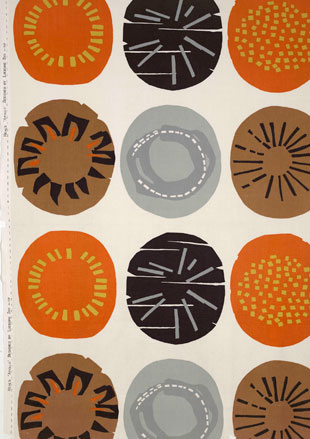
'Apollo' by Lucienne Day, late 1950s, for Heal Fabrics.
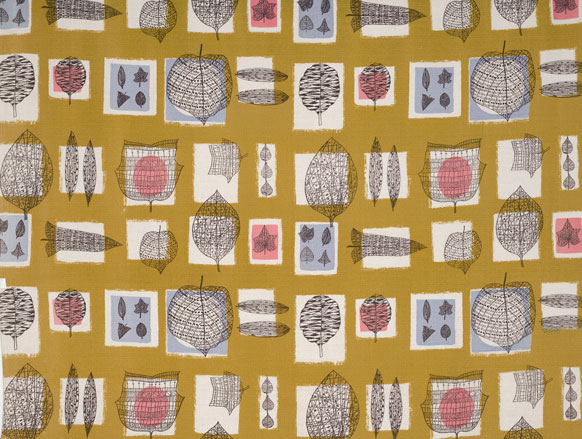
'Fall' by Lucienne Day, 1952, for Edinburgh Weavers.
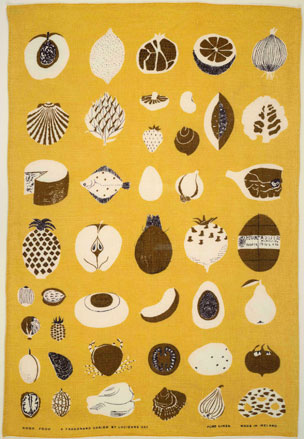
'Good Food' glass towel, by Lucienne Day, 1961/2.
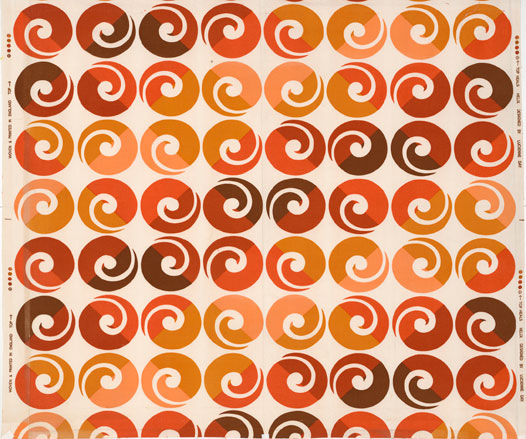
'Helix' print by Lucienne Day, 1970, for Heal Fabrics.
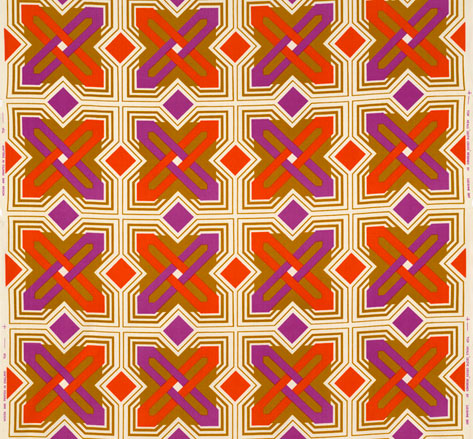
'Celtic Cross' by Lucienne Day, 1969, for Heal Fabrics.
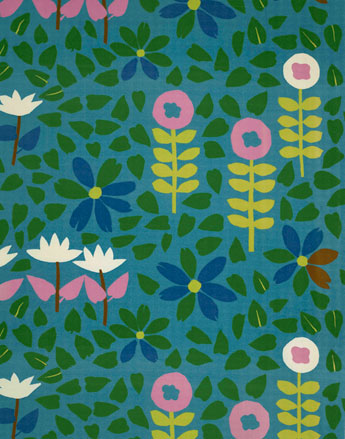
'High Noon' by Lucienne Day, 1965, for Heal Fabrics.
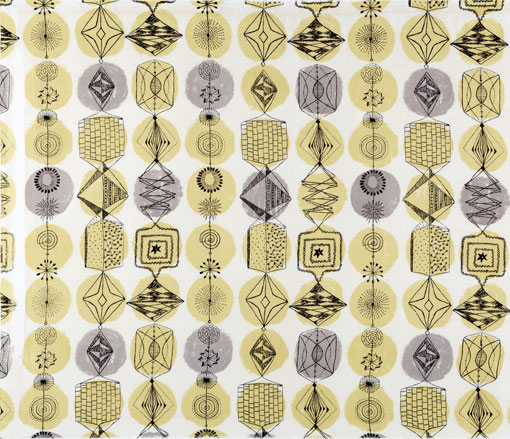
'Miscellany' print by Lucienne Day, 1952, for British Celanese.
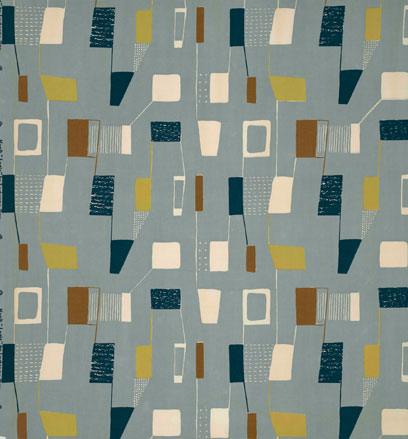
'Lapis' print by Lucienne Day, 1953, for Heal Fabrics.
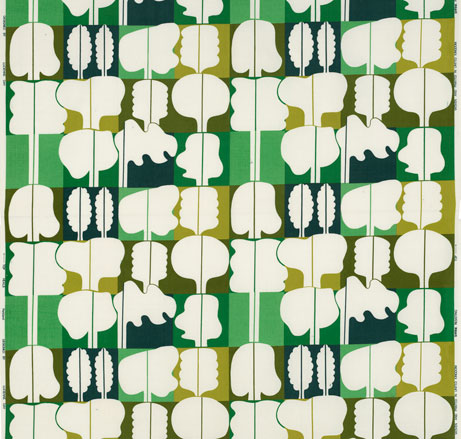
'Parkland' by Lucienne Day, 1974, for Heal Fabrics.
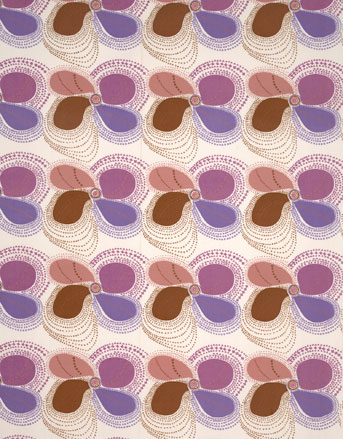
’Petal’ print by Lucienne Day, 1971, for Heal Fabrics.
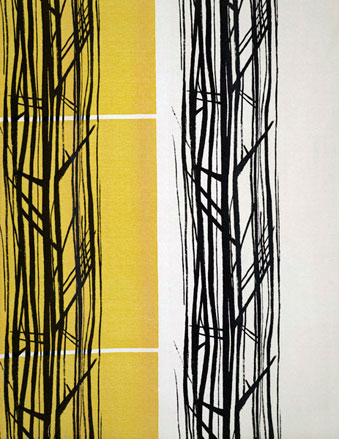
'Sequoia' print detail by Lucienne Day, 1952, for Heal Fabrics.
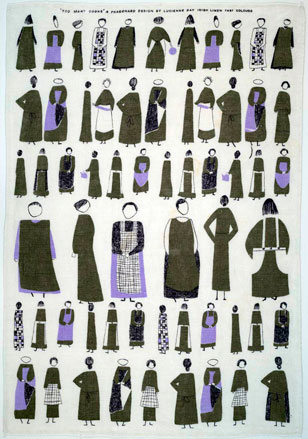
'Too Many Cooks' glass towel, by Lucienne Day, 1959
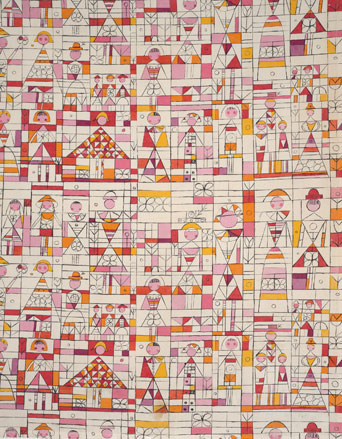
’Paper Dolls’ by Jacqueline Groag, 1967, for Jonelle.
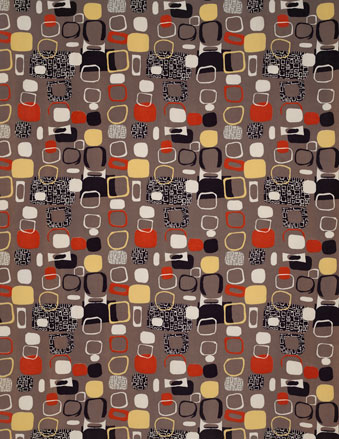
'Untitled (Pebbles)' by Jacqueline Groag, c. 1952, for Dave Whitehead.
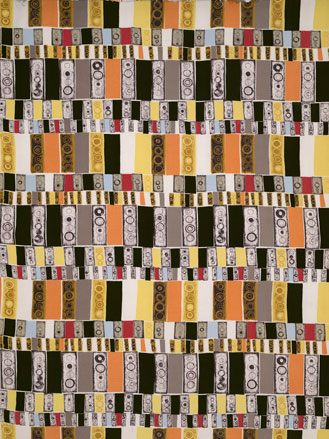
'Untitled (Traffic Lights),' by Jacqueline Groag, c. 1952, for David Whitehead.
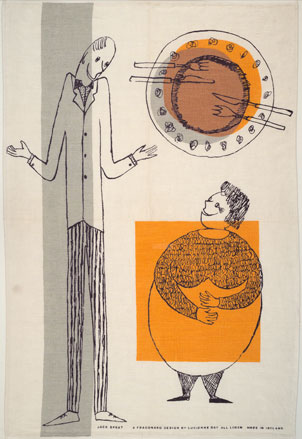
’Jack Sprat Glass Towel’ print detail by Lucienne Day, c. 1950s.
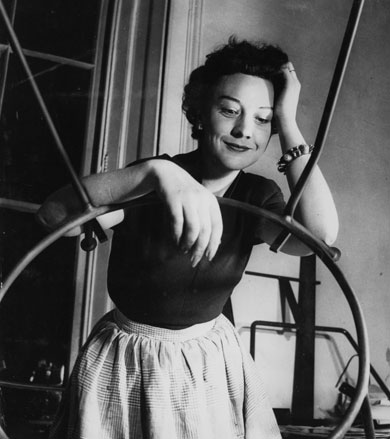
Lucienne Day
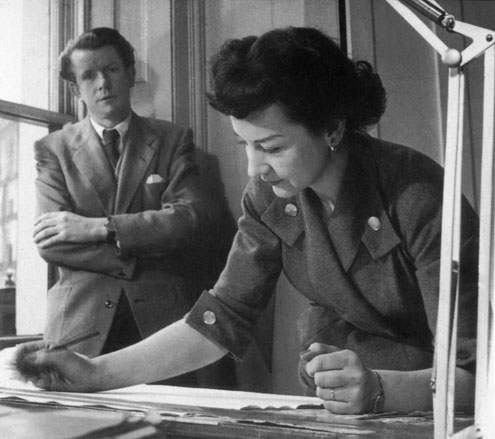
The Days in their studio on Motcombe Street, London, 1952. Image by John Gay
ADDRESS
The Textile Museum
2320 S Street, NW
Washington, DC 20008-4088
Emma O'Kelly is a freelance journalist and author based in London. Her books include Sauna: The Power of Deep Heat and she is currently working on a UK guide to wild saunas, due to be published in 2025.
-
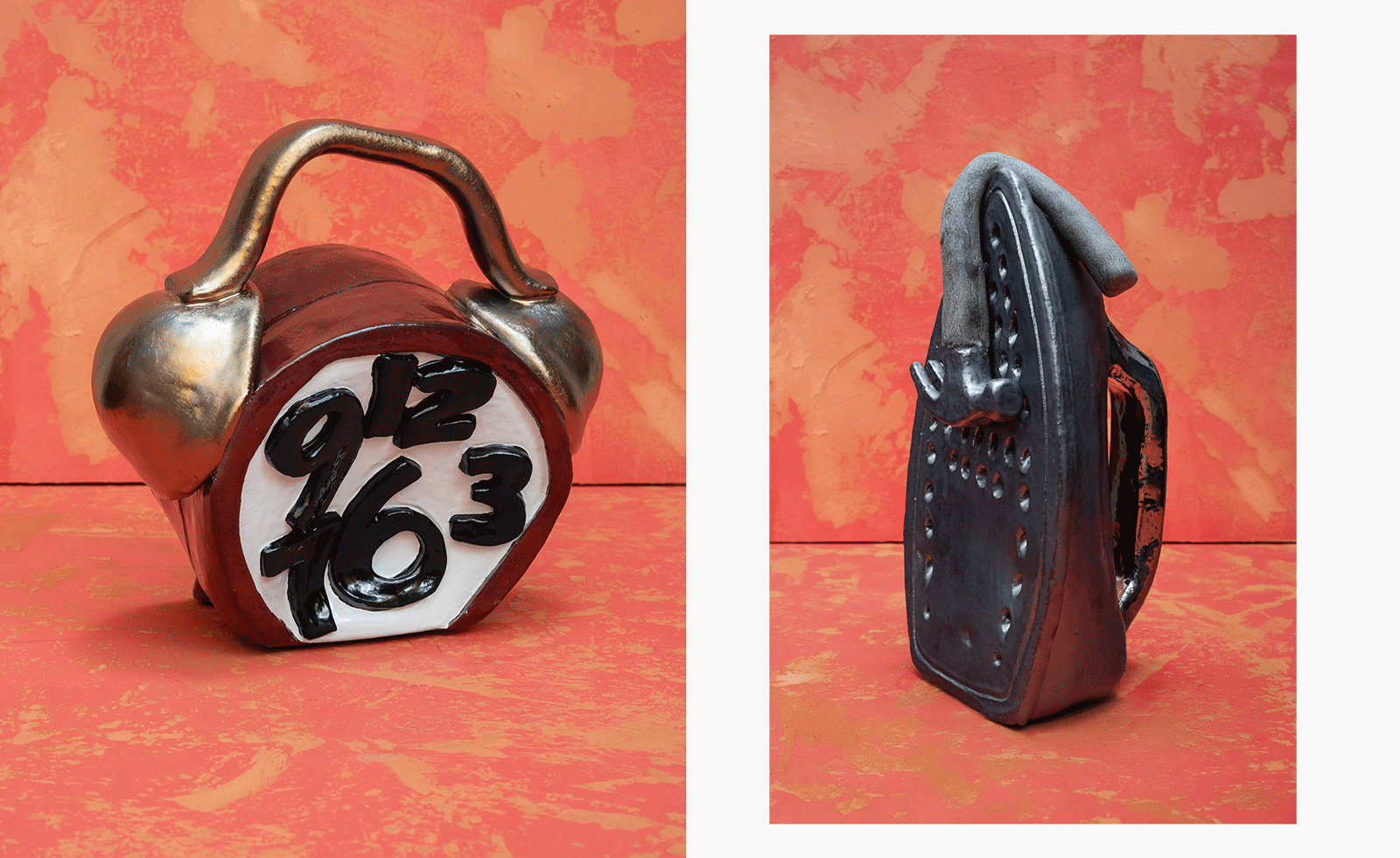 Sculptor Woody De Othello paints a Miami museum red for a show that ‘almost hugs you’
Sculptor Woody De Othello paints a Miami museum red for a show that ‘almost hugs you’The Miami-born, California-based artist opens his first museum exhibition in his hometown as an experiential journey through life and lifeless objects
-
 Alpine A390 GT: French, fast and fun. A sporting EV with a real sense of occasion
Alpine A390 GT: French, fast and fun. A sporting EV with a real sense of occasionAlpine doubles down on its fast electric credentials with the A390 GT, the French performance brand’s largest car to date
-
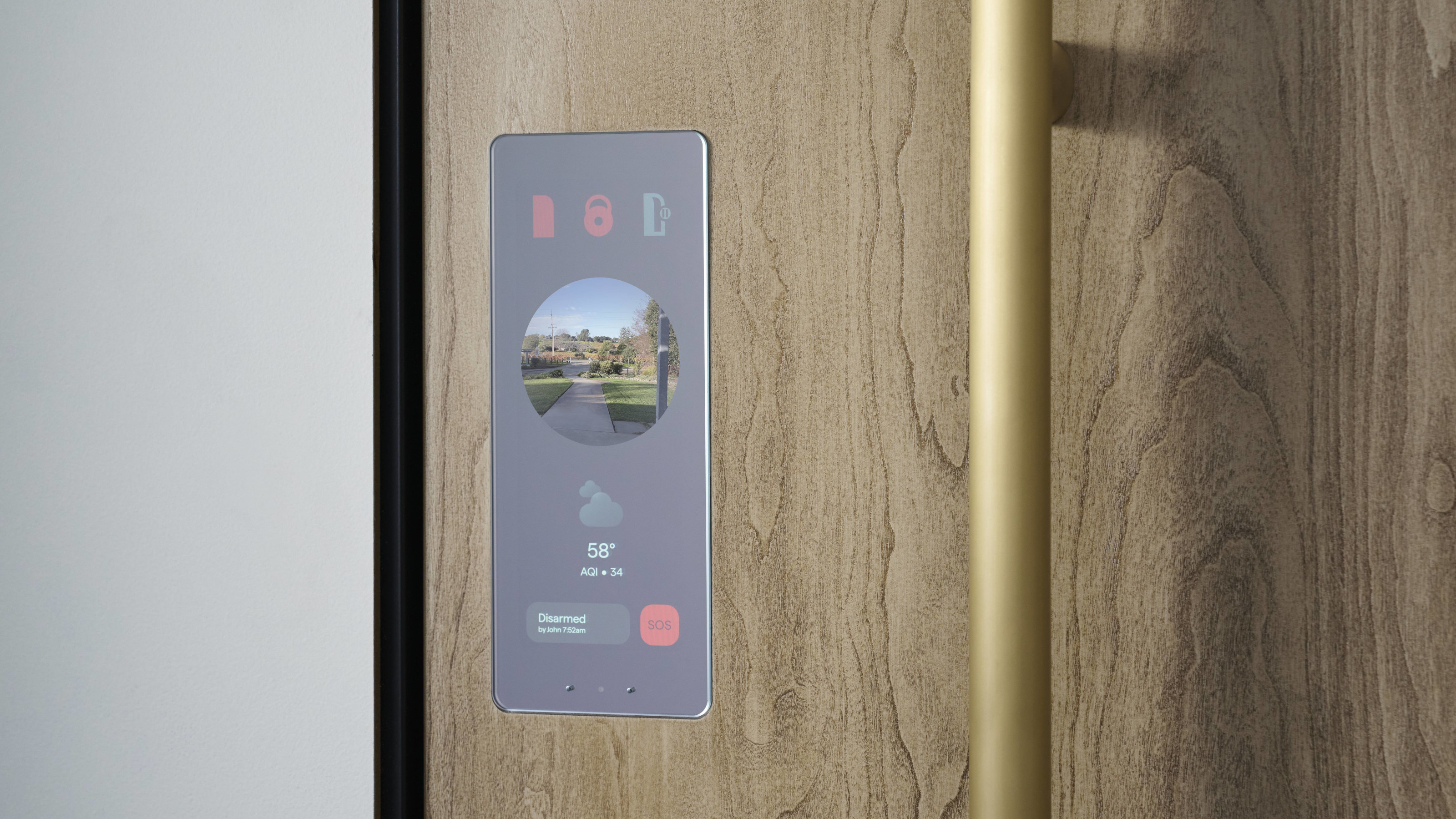 Forget smart homes, Doma's 'intelligent' doors open at the sight of a familiar face
Forget smart homes, Doma's 'intelligent' doors open at the sight of a familiar faceYves Béhar and Jason Johnson have founded Doma, a tech start-up dedicated to seamlessly integrating tech into your daily life